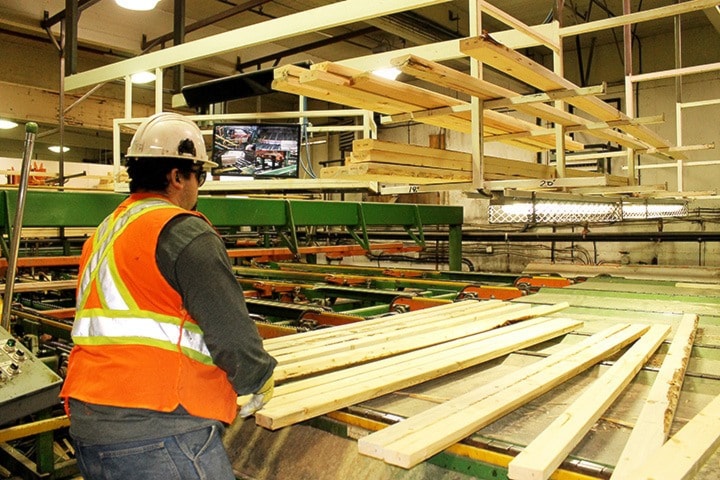The Village of Burns Lake has secured over $115,000 to develop a project intended to diversify the local economy.
The village recently received $79,850 from the B.C. Rural Dividend Fund and $21,000 from the Nechako-Kitamaat Development Fund Society. These grants will add to the $14,875 that had already been secured from village funds and the Regional District of Bulkley-Nechako (RDBN).
The village is currently formulating the launch of the project’s phase one, which involves community engagement. Phase one will be launched in mid-April and is expected to be completed by June 30, 2017.
“Information harvested [during phase one] will be used for other phases and future economic growth,” explained Val Anderson, Burns Lake’s economic development officer.
“It is best to think of the phases not as sequential but rather being delivered in conjunction with each other; the term phases denote topics rather than a timeline,” she added.
Phase two, which involves a marketing strategy with the emphasis on resident attraction and retention, is expected to be completed by September 2017.
Phase three, which involves training and capacity building, will be delivered throughout the length of the project. In fact, the first training session - fundamentals of social media for businesses and non-profit organizations - has already been delivered. The training took place on March 23, 2017 at the Royal Canadian Legion Branch 50.
Although the impending reduction in annual allowable cut (AAC) to Burns Lake’s community forests was the motivation behind the establishment of this project, Anderson said the project is not designed to address the AAC reduction directly.
“The project is designed to open lines of communication to have residents think about our future, share their ideas on ways to lessen our dependency on the forest industry,” she said. “The forest industry will continue to be the mainstay of our community; this project is an opportunity to explore ideas to grow other economic drivers in the community.”
Earlier this year Burns Lake council decided to kick start the diversification project even if the grant applications weren’t forthcoming, given the importance of this issue to the community.
“My gut feeling is that, no matter what, we have to find a way to do this, we can’t put it off anymore,” said councillor Michael Riis-Christianson earlier this year.
Due to the impending AAC reduction, after 2020, the Burns Lake Community Forest and the Chinook Community Forest will represent only a portion of the log supply required to keep Babine Forest Products and Decker Lake Forest Products operating.
In addition, with the U.S. industry free to launch new trade actions against Canada, if tariffs are imposed by the U.S. government on Canadian lumber exports, Burns Lake mills could see a negative impact as soon as this year.
“It’s really important for us as communities to look at community development as a whole,” said Bill Miller, Director of Electoral Area B for the RDBN. “We can’t procrastinate any longer.”
